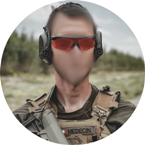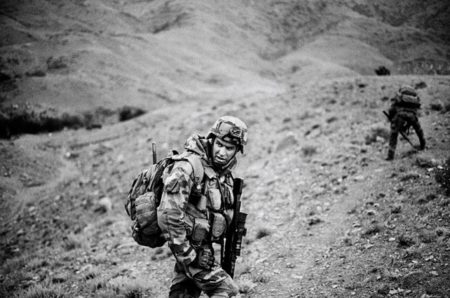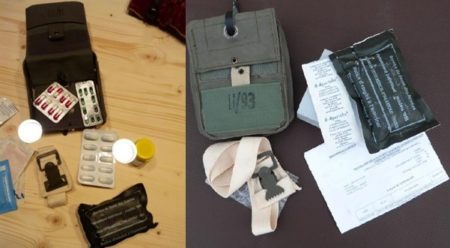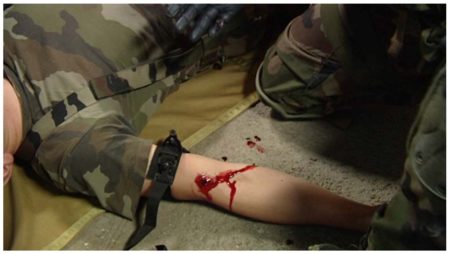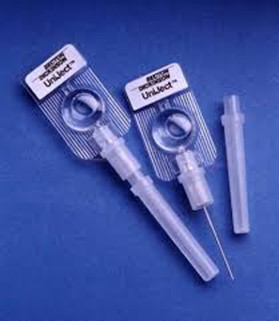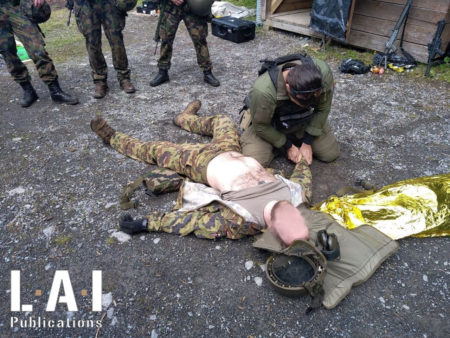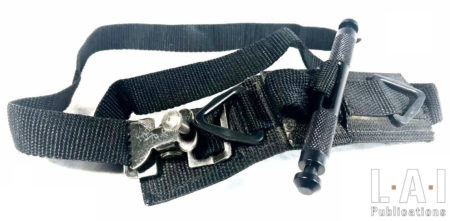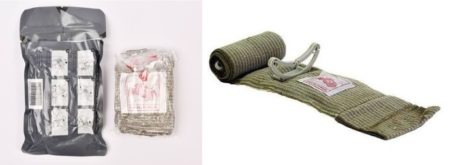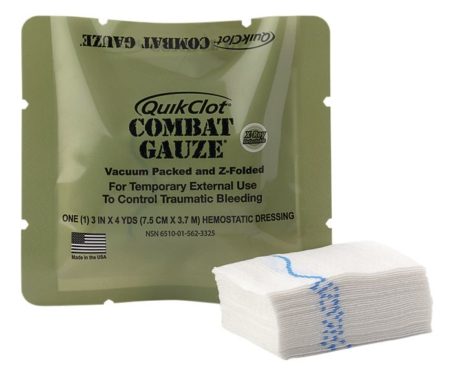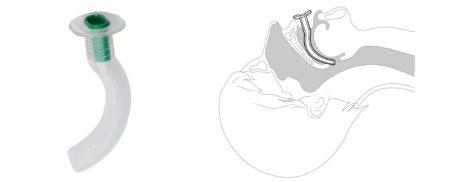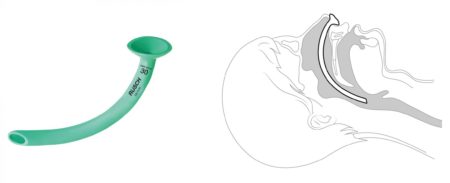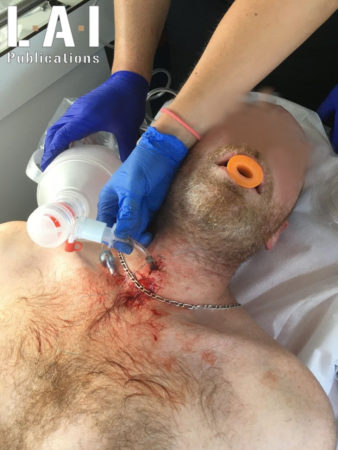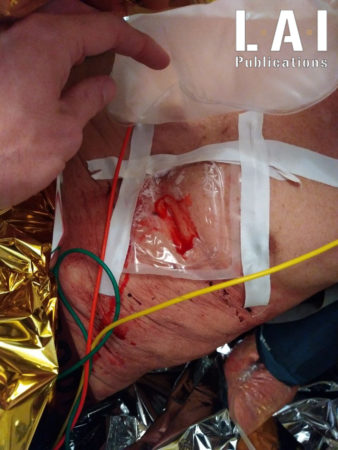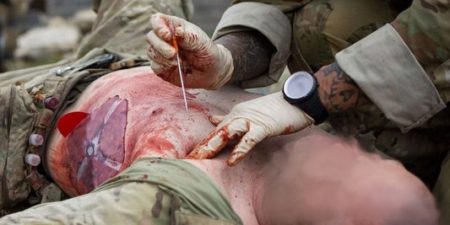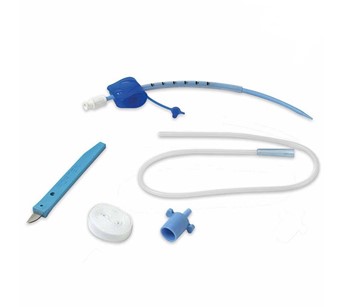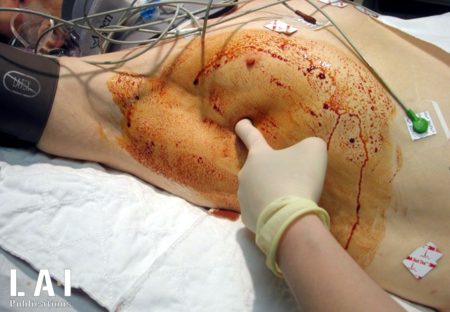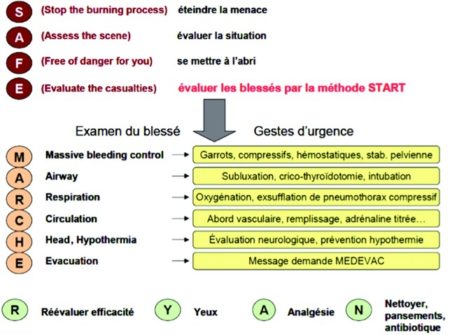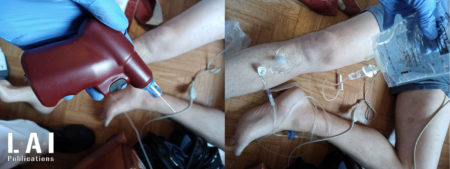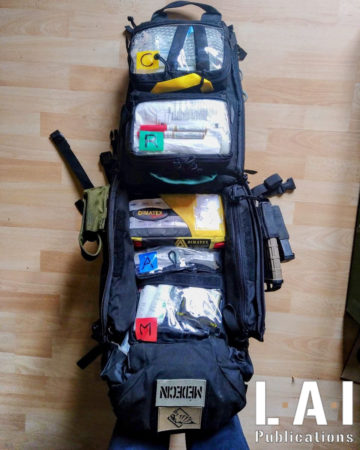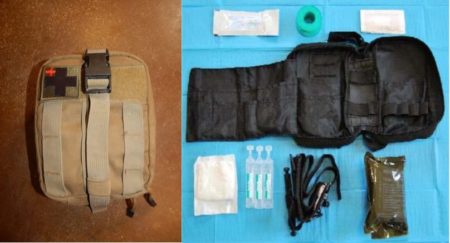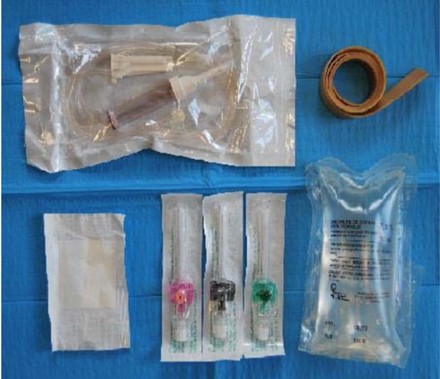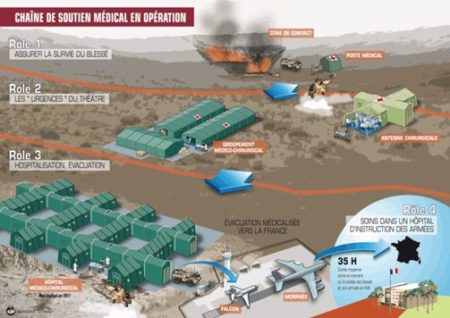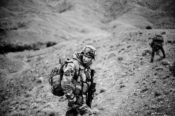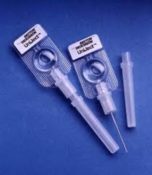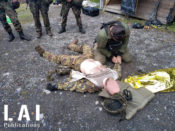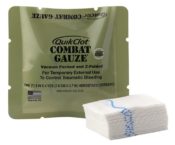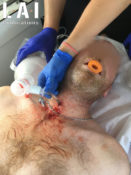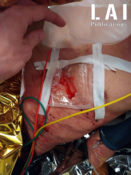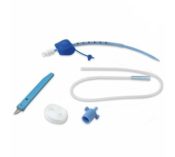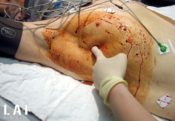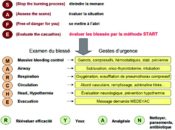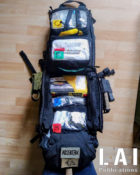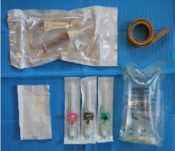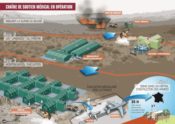Combat Rescue in the French Army

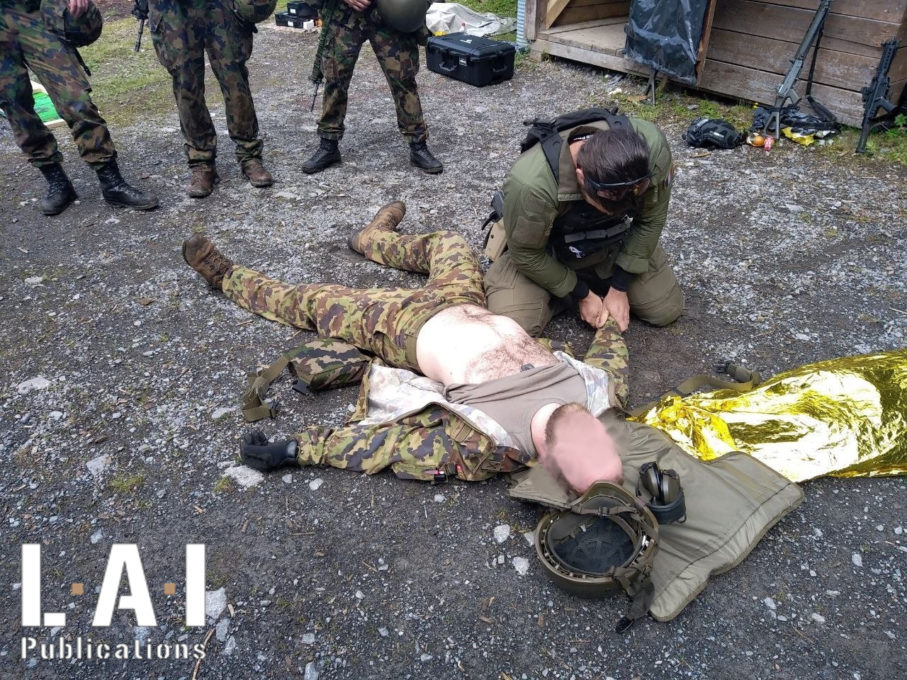
In 2008, the dramatic events of the Uzbin Valley ambush in Afghanistan would profoundly reshuffle the cards within the French Army. Doctrine, material, everything evolved. And the “Service de Santé des Armées” or “SSA” (Army Health Service) and its use for the benefit of combatants would be no exception: adoption of the acronym for the care of the war wounded “SAFE MARCHE RYAN” aimed at operating safely, and first treating what kills the fastest, widespread implementation of the Trousse Individuelle du Combattant (TIC 08 – Individual Kit of the Combatant), organization of bags, roll packs and vehicles with pouches following the acronym MARCHE, creation of skill levels within the new “Sauvetage de Combat” (combat rescue) program…
So many tools that would save many lives while combatants and caregivers would be severely tested during the remaining 6 years of this extraordinary conflict. As well as on the occasion of the following conflicts…
The situation in 2008
August 18th, 2008. 3.45 PM. The Carmine 2 section of the 8th Régiment de Parachutistes d’Infanterie de Marine (RPIMa) crossed a pass on the northern ridge of Sper Kunday, a village in the Surobi Valley, Afghanistan (Pic. 1). In the absence of prior aerial reconnaissance, they fell into a terrible ambush that would mark the French Army forever. The fighting, which lasted until the next day, left 10 KIA and 21 WIA in the French ranks. The highest casualties since the Drakkar bombing in Lebanon.
Not only would these events give rise to many controversies within French society around the presence of its Army in Afghanistan as part of the “War on Terror“, but it would also have very concrete consequences on the institution. All branches of the Army would know their evolutions and revolutions in terms of doctrine, equipment, training … And these developments would be major within the SSA.
Since the Algerian War, little had changed, and the French Army had become an “interposition force” deployed in “peacekeeping” missions. Nothing prepared the paratroopers of the “8th” to this intensity in the fighting, and nothing prepared the health personnel for such a tragedy. Indeed, for 40 years, medical equipment had really only been held by health personnel, and apart from the “trousse para-commando” (para-commando kit) containing enough to do minor self-treatment (anti-diarrheal, bandages, antiseptics, …), the combatants had little material to help each other, or to help themselves. The first aid kit model II/93 still includes a tourniquet and a more or less compressed gauze (Pics. 2 and 3). Military doctors were more accustomed to “TP”, or “Tournées de Province“, during which they vaccinated children from remote African villages in much too short “Gao” short pants, than to the management of war wounds on comrades far too numerous for their limited resources. And they were only helped in their care by their clinical common sense (poorly shared), without doctrine supported by scientific arguments to guide them on the order of priority of things to do. But the mismatch between resources and training and the extraordinary conflict in which France had engaged had come to an end. Before the end of 2008, the doctrine was formalized, and the related material was adopted: it was the birth of Sauvetage au Combat or SC (TN: which means “combat rescue”, but we will most of the time call it here French Combat Rescue to keep the national specificity).
Annual subscription.
€45.00 per Year.
45 € (37.5 € excluding tax) Or 3,75€ per month tax included
- Access to all our publications
- Access to all our books
- Support us!
Monthly subscription
€4.50 per Month.
4.50 € (3.75 € excluding tax)
- Access to all our publications
- Access to all our books
- Support us!

